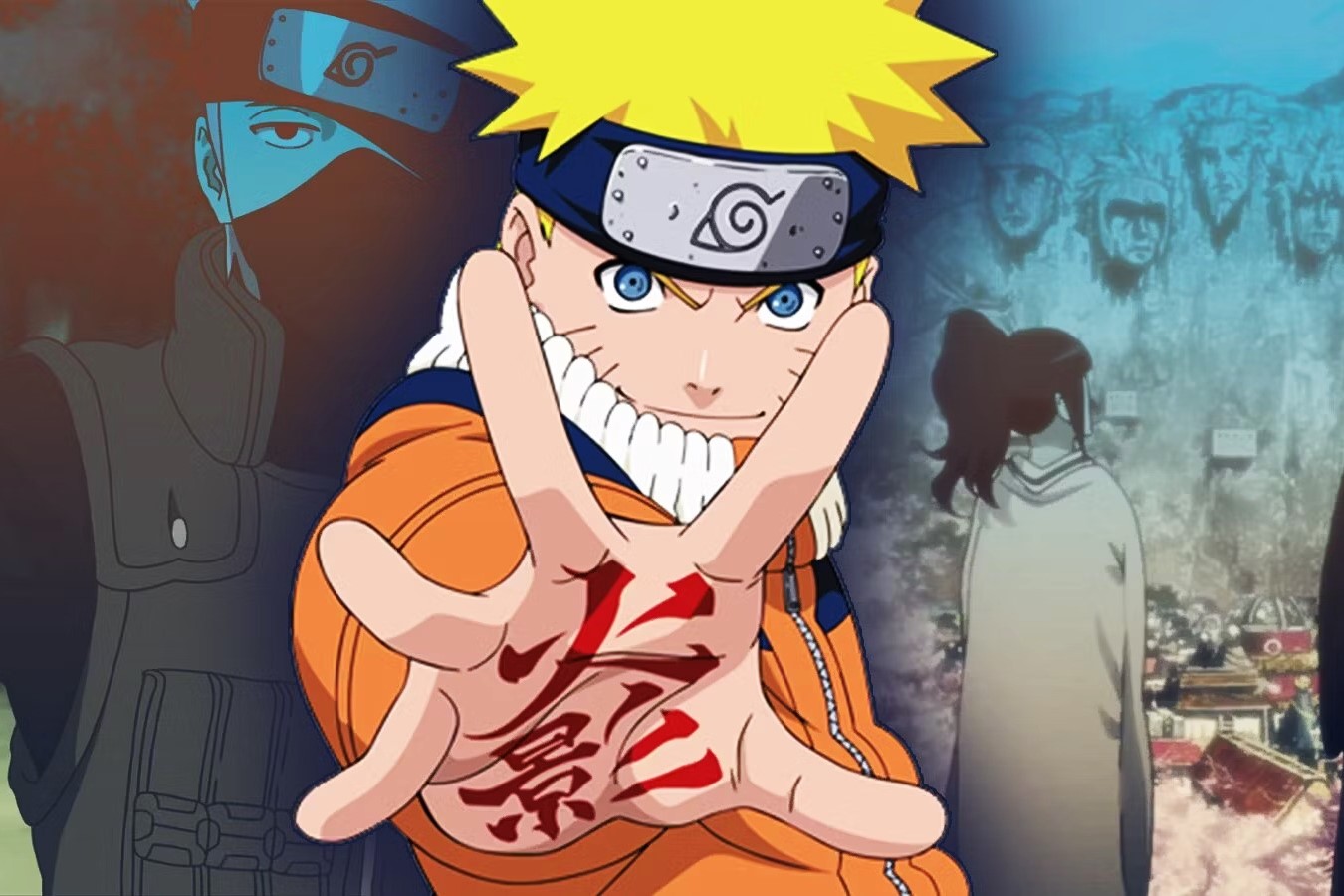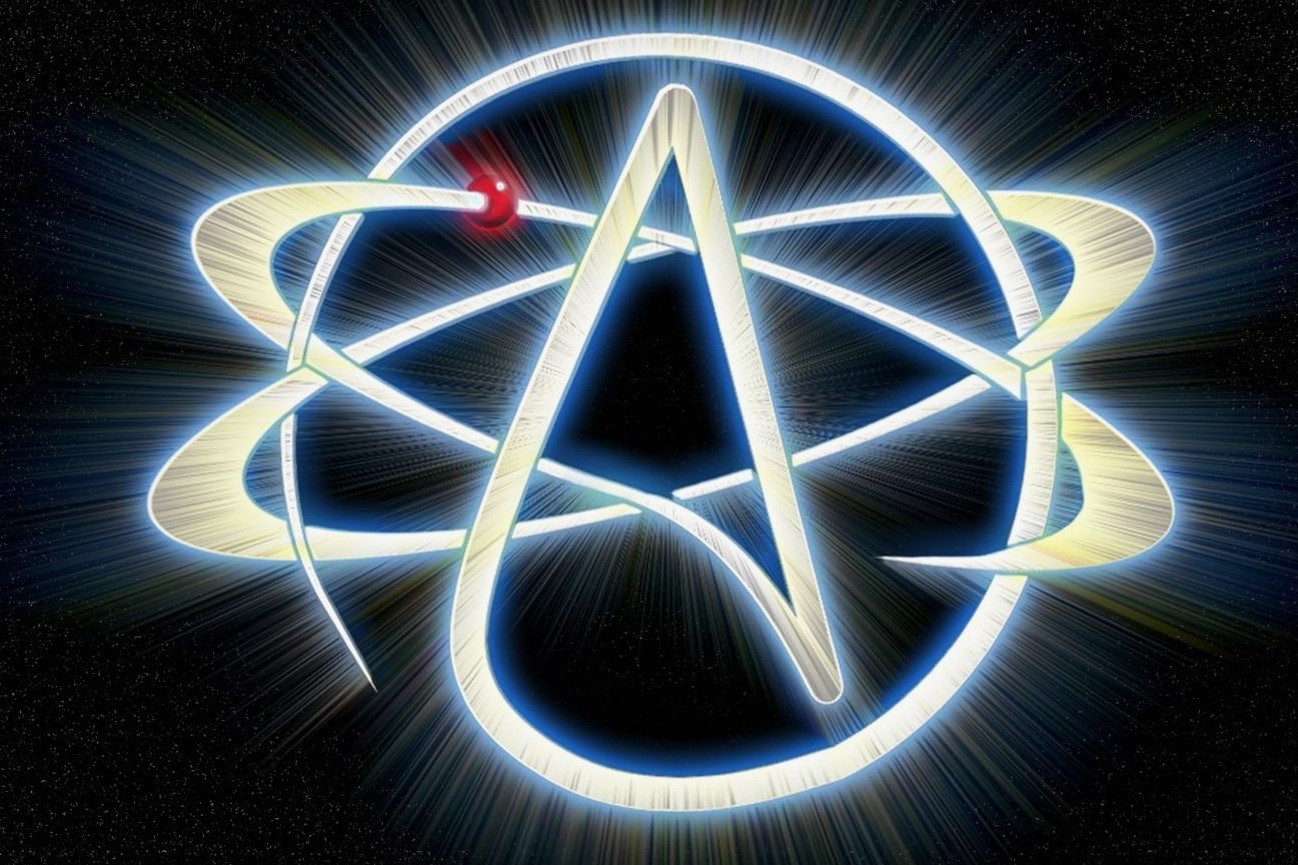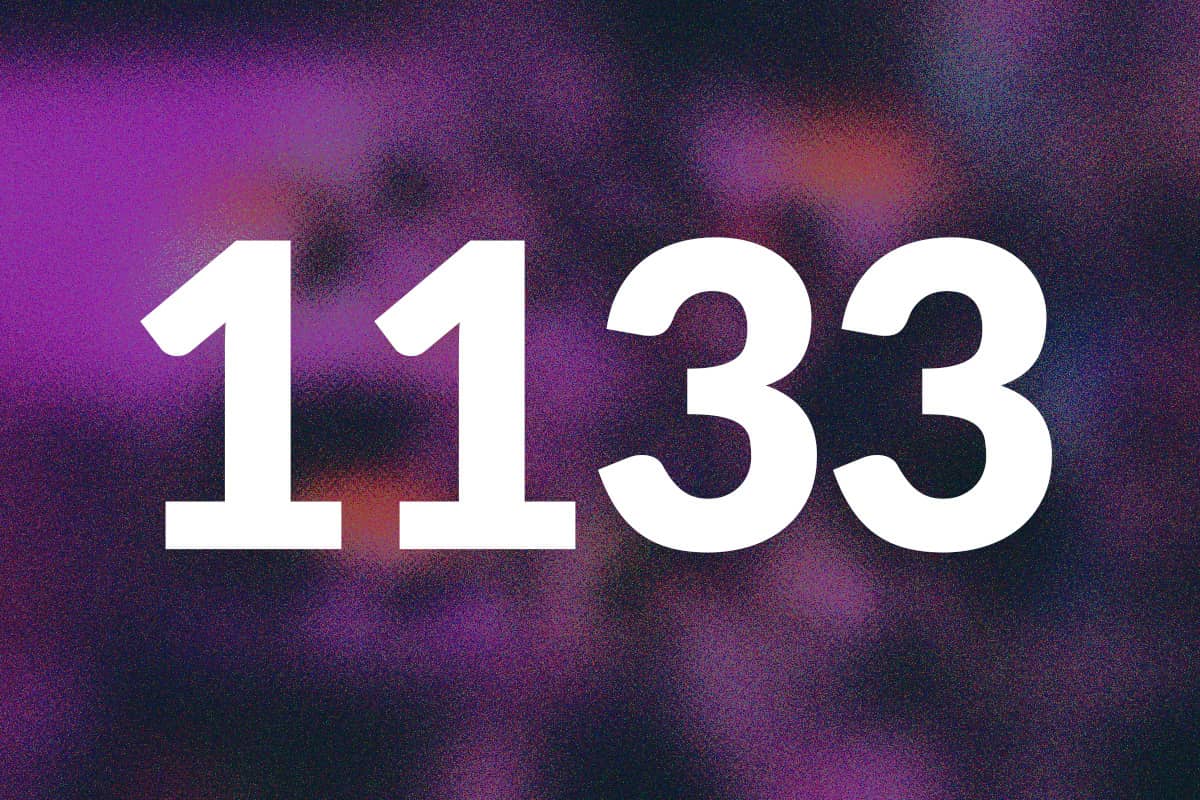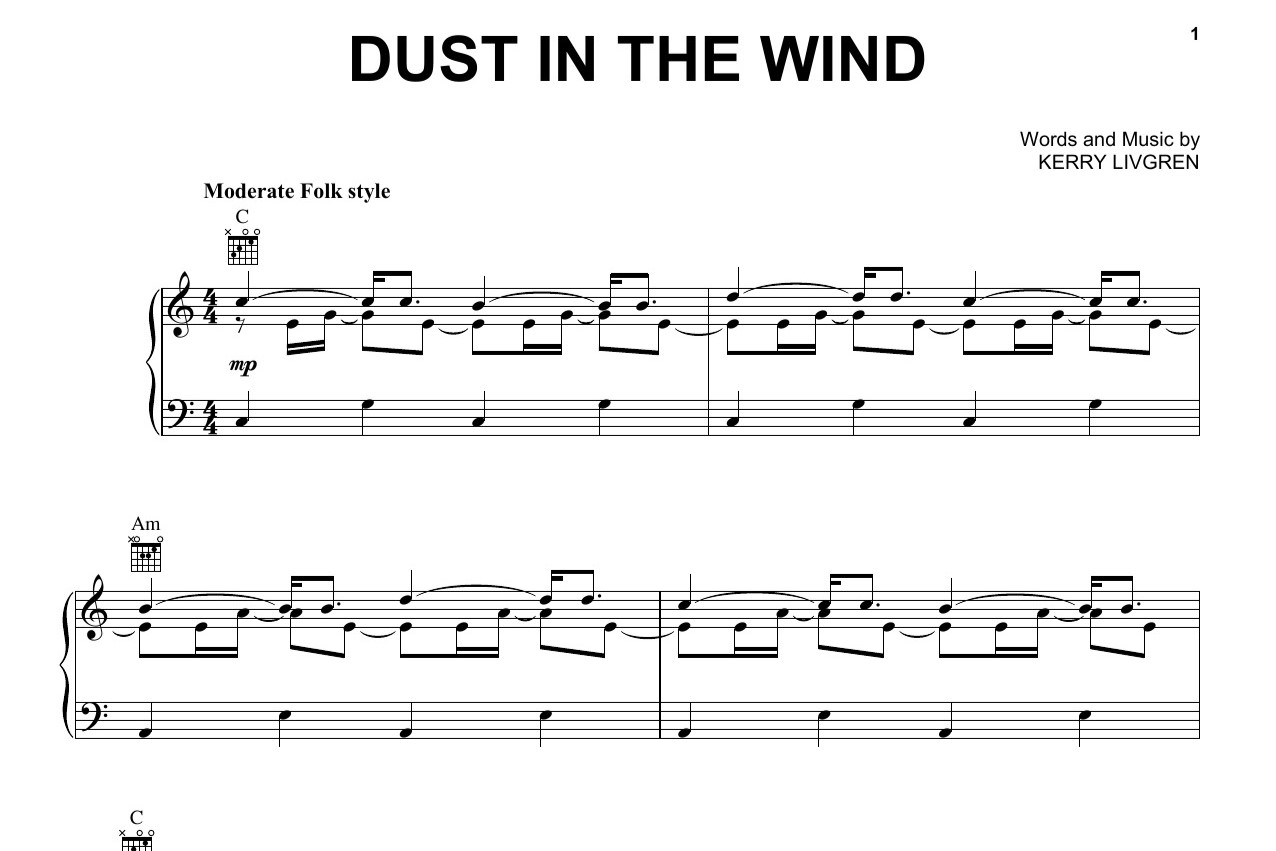Home>Arts and Culture>The Hidden Meaning Behind “Smile Now, Cry Later”
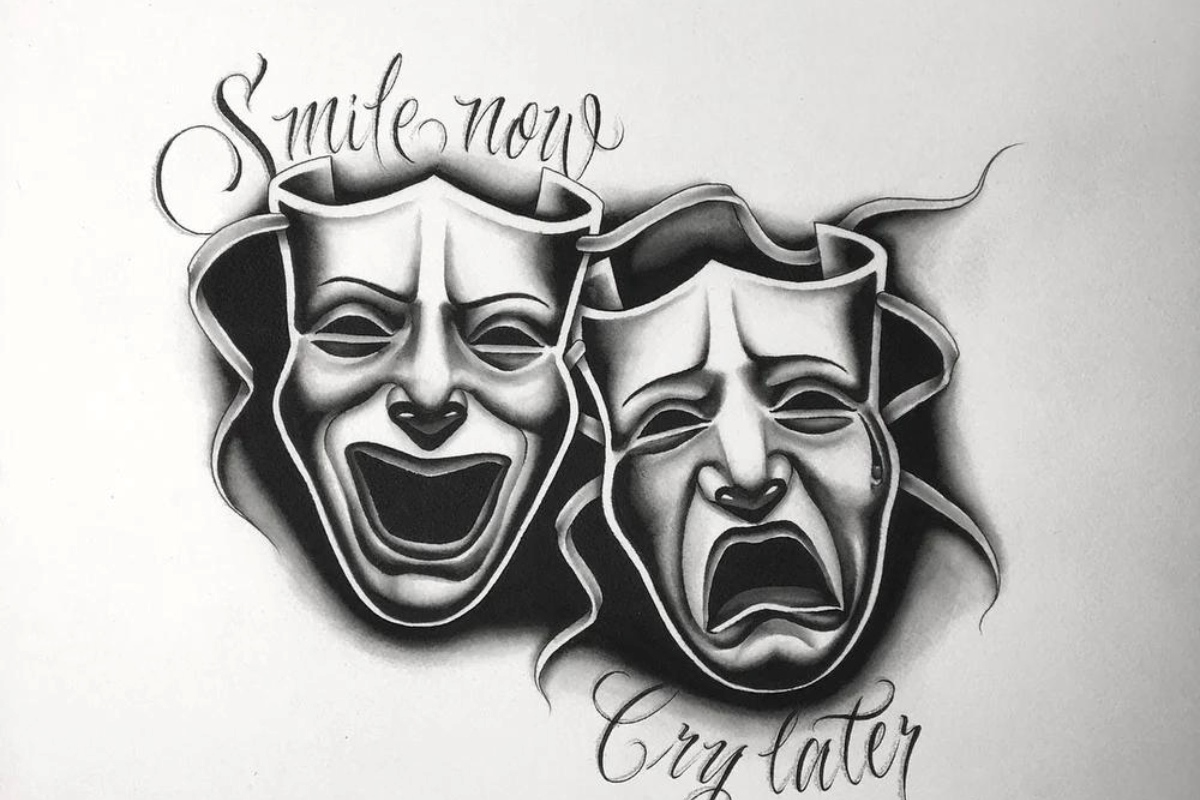

Arts and Culture
The Hidden Meaning Behind “Smile Now, Cry Later”
Published: January 4, 2024
Uncover the hidden symbolism and deeper significance of "Smile Now, Cry Later" in the realm of arts and culture. Delve into the intricate meanings behind this iconic phrase.
(Many of the links in this article redirect to a specific reviewed product. Your purchase of these products through affiliate links helps to generate commission for Noodls.com, at no extra cost. Learn more)
Table of Contents
Introduction
"Smile Now, Cry Later" is a phrase that resonates deeply within the realms of art and culture. It encapsulates a profound duality, reflecting the complex emotions and experiences that define the human condition. Beyond its surface-level interpretation, this enigmatic expression holds a rich tapestry of meanings, delving into the essence of human existence and the intricate interplay of joy and sorrow.
This evocative phrase has transcended its origins to become a powerful symbol that permeates various facets of contemporary society. From its humble beginnings in the realm of Chicano art to its widespread adoption in popular culture, "Smile Now, Cry Later" has evolved into a potent emblem, capturing the essence of resilience, introspection, and the enigmatic nature of human emotions.
As we embark on a journey to unravel the hidden depths of "Smile Now, Cry Later," we will explore its historical roots, delve into the symbolism of the iconic masks, examine its psychological implications, and unravel its profound cultural significance. Through this exploration, we will uncover the intricate layers of meaning woven into this enigmatic phrase, shedding light on its enduring relevance and profound impact on art, culture, and the human psyche.
The History of "Smile Now, Cry Later"
The origins of "Smile Now, Cry Later" can be traced back to the vibrant and dynamic Chicano art movement that emerged in the 1960s. Rooted in the experiences of Mexican-American communities, this artistic renaissance served as a powerful platform for self-expression, cultural affirmation, and social commentary. Within this context, the phrase "Smile Now, Cry Later" emerged as a poignant reflection of the resilience and inner strength of individuals navigating the complexities of life.
The iconic imagery associated with "Smile Now, Cry Later" often features a pair of theater masks, with one mask depicting a joyous, smiling expression, and the other portraying a sorrowful, tearful visage. These masks, steeped in theatrical tradition, serve as potent symbols of the human experience, encapsulating the dichotomy of emotions that define our existence.
The phrase gained prominence within the Chicano community, resonating deeply with individuals who grappled with the challenges of identity, discrimination, and social inequality. It served as a rallying cry, a visual representation of the resilience and indomitable spirit of a community striving for recognition and empowerment.
As the Chicano art movement gained momentum, "Smile Now, Cry Later" transcended its original artistic context, permeating various spheres of popular culture. It resonated with individuals from diverse backgrounds, resonating with the universal themes of triumph over adversity, the enigmatic nature of human emotions, and the enduring resilience of the human spirit.
The phrase found its way into the fabric of popular culture, leaving an indelible mark on art, music, and literature. It became a symbol of empowerment, a reminder that behind every smile lies a tapestry of emotions, experiences, and untold stories. Its impact reverberated across artistic expressions, serving as a source of inspiration and introspection for generations to come.
Today, "Smile Now, Cry Later" stands as a testament to the enduring power of art to transcend boundaries, ignite meaningful conversations, and resonate with the depths of the human soul. Its journey from a poignant expression within the Chicano art movement to a universally recognized symbol of human resilience and emotional complexity reflects the profound impact of art in shaping our understanding of the world and ourselves.
The Symbolism of the Masks
The iconic masks associated with "Smile Now, Cry Later" serve as powerful symbols, encapsulating the profound duality of human emotions and experiences. At the core of this symbolism lies the juxtaposition of joy and sorrow, resilience and vulnerability, and the intricate interplay of light and shadow within the human psyche.
The joyous, smiling mask embodies the facade of happiness and exuberance, representing the outward projection of positivity and cheer. It symbolizes the moments of triumph, celebration, and outward expressions of joy that punctuate our lives. This mask serves as a testament to the resilience of the human spirit, depicting the ability to exude warmth and happiness even in the face of adversity.
Conversely, the sorrowful, tearful mask embodies the depths of human vulnerability and emotional complexity. It serves as a poignant reminder of the profound struggles, sorrows, and inner turmoil that often remain concealed behind a veil of stoicism and composure. This mask represents the unspoken narratives, the silent tears, and the profound moments of introspection that define the human experience.
The juxtaposition of these masks transcends mere theatrical symbolism, delving into the intricacies of human existence. It reflects the universal truth that behind every smile, there may lie unspoken pain, and behind every tear, there may reside a glimmer of hope. This symbolism resonates deeply with individuals from all walks of life, offering a profound reflection of the multifaceted nature of human emotions and experiences.
Moreover, the masks serve as a visual metaphor for the enigmatic nature of human interactions. They underscore the complexity of human relationships, the intricacies of communication, and the often contradictory nature of our outward expressions and inner realities. They remind us that beneath the surface of every interaction, there exists a rich tapestry of emotions, experiences, and unspoken truths waiting to be unveiled.
In essence, the symbolism of the masks within "Smile Now, Cry Later" transcends artistic representation, serving as a profound reflection of the human condition. It invites introspection, empathy, and a deeper understanding of the intricate layers of emotions that define our shared humanity. Through these iconic masks, the phrase captures the essence of the human experience, inviting us to embrace the complexities of our emotions and the profound beauty found within the interplay of joy and sorrow.
The Psychological Impact
The phrase "Smile Now, Cry Later" holds profound psychological implications, offering a nuanced insight into the complexities of human emotions and the intricate interplay of psychological resilience and vulnerability. At its core, this enigmatic expression serves as a poignant reflection of the human psyche, delving into the multifaceted nature of emotional experiences and the psychological mechanisms that underpin our capacity to navigate life's challenges.
One of the key psychological dimensions encapsulated within "Smile Now, Cry Later" is the concept of emotional resilience. The ability to project a smile in the face of adversity, while harboring inner turmoil, speaks to the innate human capacity to adapt, endure, and maintain a semblance of positivity amidst challenging circumstances. This psychological resilience, often rooted in the human capacity for emotional regulation and coping strategies, underscores the profound strength that individuals possess to navigate hardship while projecting a facade of composure and optimism.
Furthermore, the phrase delves into the intricate dynamics of emotional concealment and vulnerability. It highlights the psychological complexities associated with masking one's inner emotions, often as a means of self-preservation or societal expectations. The dichotomy between the outward projection of joy and the underlying experience of sorrow sheds light on the psychological toll of concealing one's true emotions, underscoring the potential impact on mental well-being and the need for authentic emotional expression and support.
Moreover, "Smile Now, Cry Later" invites contemplation on the psychological implications of emotional authenticity and introspection. It prompts individuals to navigate the delicate balance between outward expressions of positivity and the acknowledgment of internal struggles. This introspective journey can foster a deeper understanding of one's emotional landscape and contribute to psychological well-being by encouraging genuine self-expression and seeking support when needed.
In essence, the psychological impact of "Smile Now, Cry Later" extends beyond artistic symbolism, offering a profound exploration of the human psyche. It serves as a catalyst for introspection, empathy, and a deeper understanding of the intricate psychological processes that underpin our emotional experiences. By unraveling the psychological nuances embedded within this evocative phrase, individuals are invited to engage in a meaningful dialogue about emotional resilience, vulnerability, and the profound intricacies of the human mind.
The Cultural Significance
The phrase "Smile Now, Cry Later" holds profound cultural significance, transcending its origins to become a potent emblem that resonates deeply within diverse cultural landscapes. At its core, this enigmatic expression encapsulates universal themes of resilience, introspection, and the enigmatic nature of human emotions, resonating with individuals across cultural boundaries.
Within the context of the Chicano art movement, "Smile Now, Cry Later" emerged as a poignant reflection of the experiences and aspirations of Mexican-American communities. It served as a powerful symbol of empowerment, resilience, and cultural affirmation, resonating deeply with individuals who grappled with the challenges of identity, discrimination, and social inequality. The phrase became a rallying cry, a visual representation of the indomitable spirit of a community striving for recognition and empowerment, thus holding immense cultural significance within the Chicano artistic and social milieu.
Beyond its origins, "Smile Now, Cry Later" has permeated various cultural spheres, resonating with individuals from diverse backgrounds and experiences. Its universal themes of triumph over adversity, the enigmatic nature of human emotions, and the enduring resilience of the human spirit have elevated it to a symbol that transcends cultural boundaries. This phrase has found resonance in art, music, literature, and popular culture, serving as a source of inspiration and introspection for individuals across the globe.
Furthermore, "Smile Now, Cry Later" has become a cultural touchstone, fostering meaningful dialogues about the complexities of human emotions and the universal experiences that bind us together. It has sparked conversations about the intricacies of resilience, vulnerability, and the profound beauty found within the interplay of joy and sorrow, thus enriching cultural narratives and fostering a deeper understanding of the human condition.
In essence, the cultural significance of "Smile Now, Cry Later" lies in its ability to transcend cultural boundaries and resonate with individuals on a deeply human level. It serves as a testament to the enduring power of art to ignite meaningful conversations, foster empathy, and unite individuals through shared experiences and emotions, thus enriching the cultural tapestry of our global community.
Conclusion
In conclusion, the phrase "Smile Now, Cry Later" transcends its origins within the Chicano art movement to become a powerful emblem that resonates deeply within the realms of art, culture, and the human psyche. Its historical roots within the vibrant Chicano art movement reflect a poignant reflection of resilience and empowerment within Mexican-American communities, while its universal themes of triumph over adversity and the enigmatic nature of human emotions have elevated it to a symbol that transcends cultural boundaries.
The iconic masks associated with "Smile Now, Cry Later" serve as potent symbols, encapsulating the profound duality of human emotions and experiences. They invite introspection, empathy, and a deeper understanding of the intricate layers of emotions that define our shared humanity. The juxtaposition of joy and sorrow within these masks reflects the universal truth that behind every smile, there may lie unspoken pain, and behind every tear, there may reside a glimmer of hope.
Furthermore, the phrase holds profound psychological implications, offering a nuanced insight into the complexities of human emotions and the intricate interplay of psychological resilience and vulnerability. It prompts individuals to engage in a meaningful dialogue about emotional resilience, vulnerability, and the profound intricacies of the human mind.
Moreover, "Smile Now, Cry Later" has become a cultural touchstone, fostering meaningful dialogues about the complexities of human emotions and the universal experiences that bind us together. It has enriched cultural narratives and fostered a deeper understanding of the human condition, transcending cultural boundaries and resonating with individuals on a deeply human level.
In essence, "Smile Now, Cry Later" stands as a testament to the enduring power of art to transcend boundaries, ignite meaningful conversations, and resonate with the depths of the human soul. Its journey from a poignant expression within the Chicano art movement to a universally recognized symbol of human resilience and emotional complexity reflects the profound impact of art in shaping our understanding of the world and ourselves. Through its rich symbolism, psychological insights, and cultural resonance, "Smile Now, Cry Later" continues to inspire introspection, empathy, and a deeper appreciation for the profound beauty found within the interplay of joy and sorrow.
